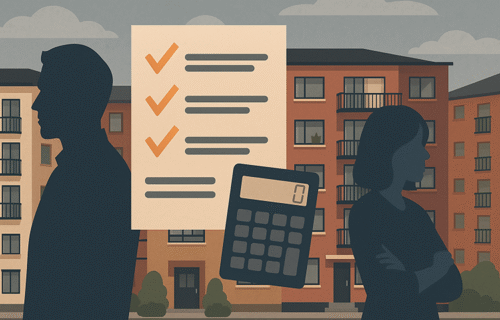England’s multi-billion-euro leasehold sector is undergoing a moment of reckoning. Nearly one in five homes in England is owned under a leasehold structure, with flats representing the majority of these dwellings. In major urban markets, particularly London, Manchester and Birmingham, leasehold remains the dominant model for multi-unit residential projects. Yet what was once considered a routine ownership structure is increasingly criticised by homeowners, legislators and property professionals.
The core appeal of leasehold should be simple: professionally managed buildings that protect asset value over time. However, recent data and case studies indicate growing dissatisfaction among owners, particularly around accountability, charges and oversight. Multiple studies of residential estates show that annual service charges have risen significantly in recent years, with some developments showing cost increases exceeding 40% within a five-year period. Average annual charges for a flat have climbed into the low thousands — a material cost of ownership that can fluctuate year to year.
Transparency remains the critical fault line. Leaseholders frequently report receiving invoices for maintenance, reserve-fund contributions or capital improvements without clarity on tendering processes or the justification behind major works. Data from advisory bodies show that disagreements over charges and repairs represent the most common disputes raised by leaseholders seeking professional guidance.
This has led many residents to pursue greater control. Increasing numbers of leaseholder groups are attempting to take over the management of their blocks, moving responsibility from professional agents to resident-led companies. In theory, resident control can improve cost efficiency and prioritise necessary interventions. In practice, success varies. Managing a multi-unit building requires technical understanding, compliance with safety regulations, long-term budgeting and the ability to make collective financial decisions. Without governance and experience, neighbour relations can deteriorate into conflict over spending priorities and risk exposure.
Legislators have taken notice. Recent legal reforms aim to strengthen homeowner rights, reduce barriers to extending leases or acquiring freeholds, and improve transparency around building budgets and decision-making. While these changes are seen as progress, industry analysts and leaseholder groups argue that incremental reform may not address the structural weakness of the model. Increasingly, there is public and political momentum behind replacing leasehold altogether with a modern commonhold framework, which transfers control of shared areas to homeowners collectively — a structure common across much of continental Europe.
What is clear is that leasehold is no longer viewed as an administrative detail of homeownership. For many households, it has become a point of financial unpredictability and legal complexity. For developers, investors and asset managers, the scrutiny on management practices and charging structures creates reputational risk.
As reforms progress, the sector faces a pivotal choice: incremental improvement or systemic replacement. The coming years will determine whether leasehold evolves into a more transparent and homeowner-centric model, or whether commonhold becomes the UK’s long-delayed replacement for shared residential ownership.
Source: CIJ EUROPE Analysis Team
